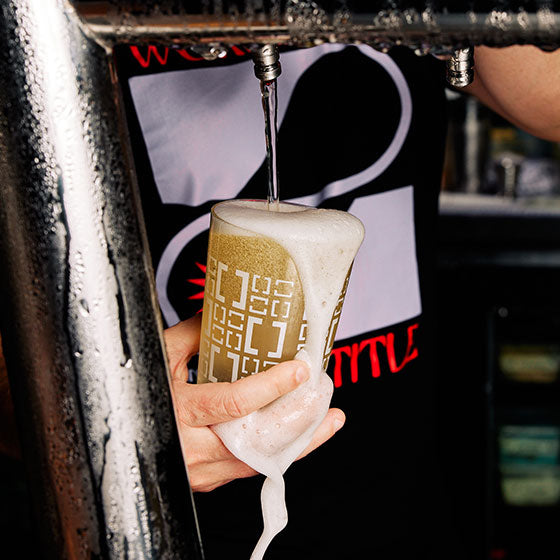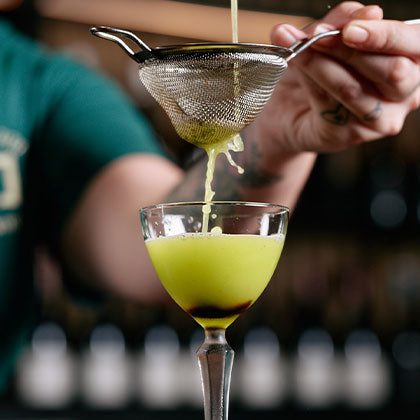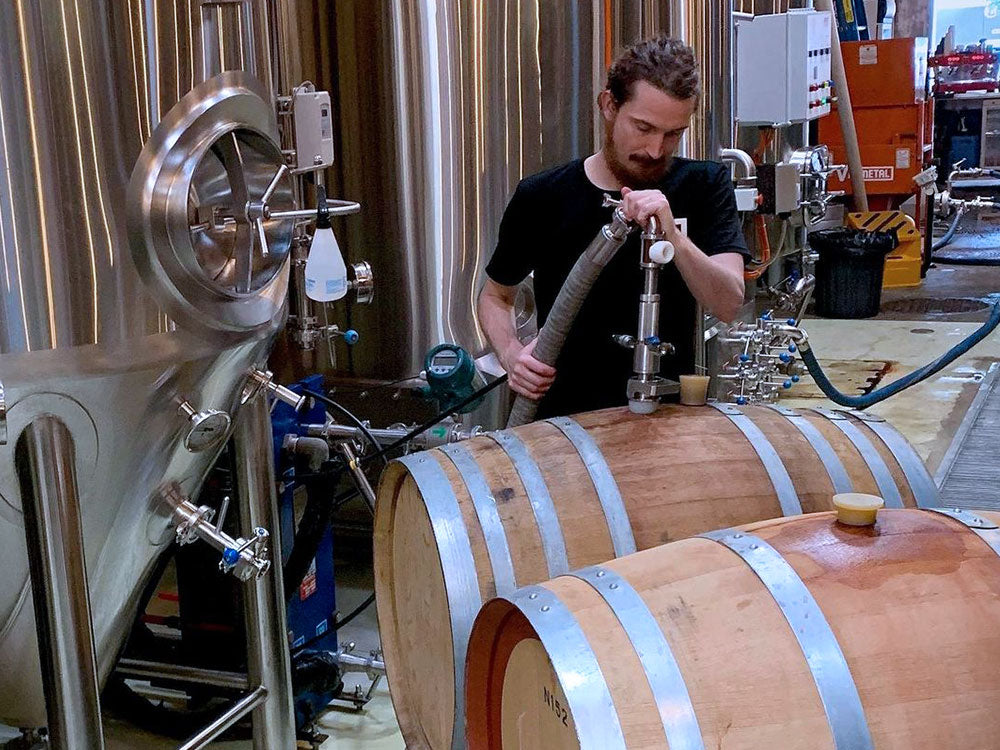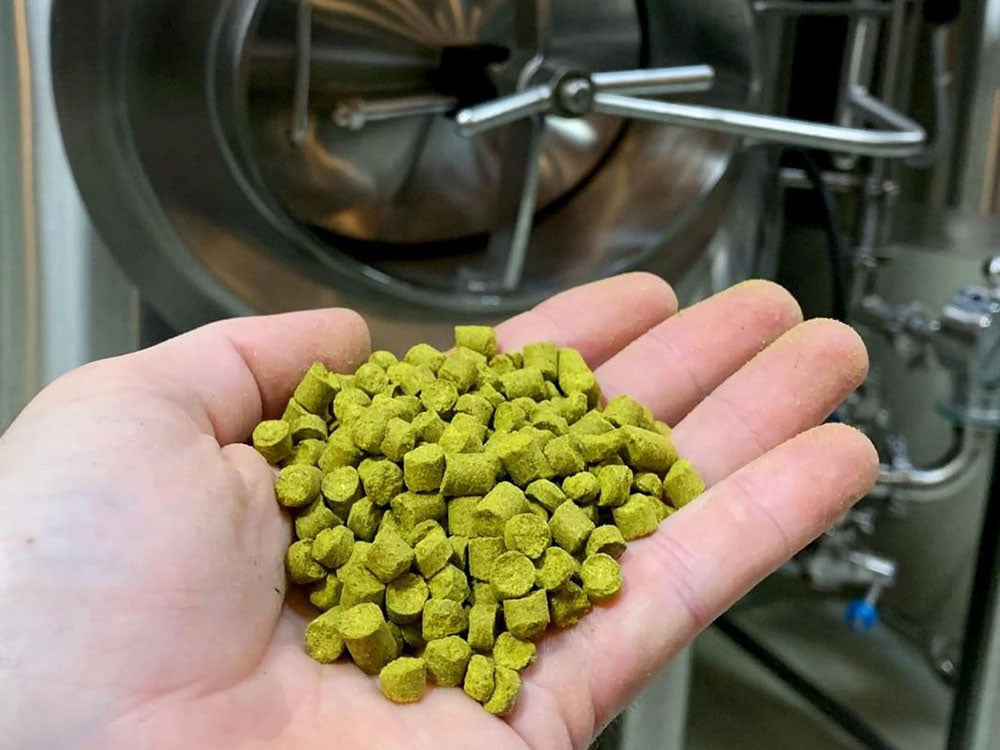It can be hard to acknowledge the times you completely Shield it up in the brewery. So in our penultimate BGW for 2021, we thought we’d look at gear that isn’t all sunshine and cryo pops. That’s right, let’s delve into a stucky situation.
Look, I’m the first to acknowledge I'm a bit of a cowboy when it comes to brewing. Fastidious planning, pilot batches and coherent scientific hypotheses are things I love to think about while a change the recipe during mash in. But one thing I have always held dear is a dedication to yeast husbandry. In my opinion, great beers are made in the cellar, not the brewhouse. As the old adage goes, you can’t polish a turd, but you can ferment away a lot of the bad flavours.
With appropriate brew day specs, healthy yeast, some nutrients, sometimes oxygen, and the right temperature, fermentation should always been a robust, controlled, predictable process. Im ashamed to admit that this December I languished through a stuck ferment. After talking to Luke, I felt much better about myself. Not that I mentioned the stuck ferment, just after listening to his generic dribble. So, what is it, and how do we fix it, and prevent it?
Stuck ferments occur when yeast fail to complete fermentation of the available sugars. We can follow this in real time by daily readings of gravity and pH. They occur from a number of potential arenas, the main one being yeast health. Old yeast, yeast under undue pressure (such as alcohol concentration, pH and nutrient availability), and yeast under undue temperature conditions (being too high or too low), contribute to overall yeast health. Affect health too significantly, and the yeast will lag and stop fermentation. From here, there are two programs we need to appreciate - how to fix it and how to prevent them.
Fixing a stuck ferment is a bit of a blunderbuss strategy. It wouldn’t be ideal to add any more oxygen at this point, so really the best bet is to add active yeast. This can be in the form of a fresh dry pitch or some slurry from a highly active ferment from another beer currently in the cellar, if you have one.
Preventing a stuck ferment is more tailored. Ensuring happy, healthy yeast at the correct pitching rate (another BGW), with sufficient nutrients, at the appropriate temperature and with oxygen if required (some dry pitch bricks coms with sufficient sterols for new cell growth).
So what happened at Doggett St? Well, the ferment was performing as expected, with a health active start at 1.080. By day 6 at 1.030 I put the spunding valve on a Verdant yeast ferment and it just stopped dead. Over the subsequent days, I roused the tank with CO2, noticed no flocculation, added fresh yeast and removed the 0.4bar of pressure on the tank. Still, nothing happening. After day 14, I threw in 2 points of dextrose, to see if I could reanimate the yeast. Seemingly it worked and fermentation progressed to completion at 1.012.
And now you know how to avoid those sticky situations, apparently.















